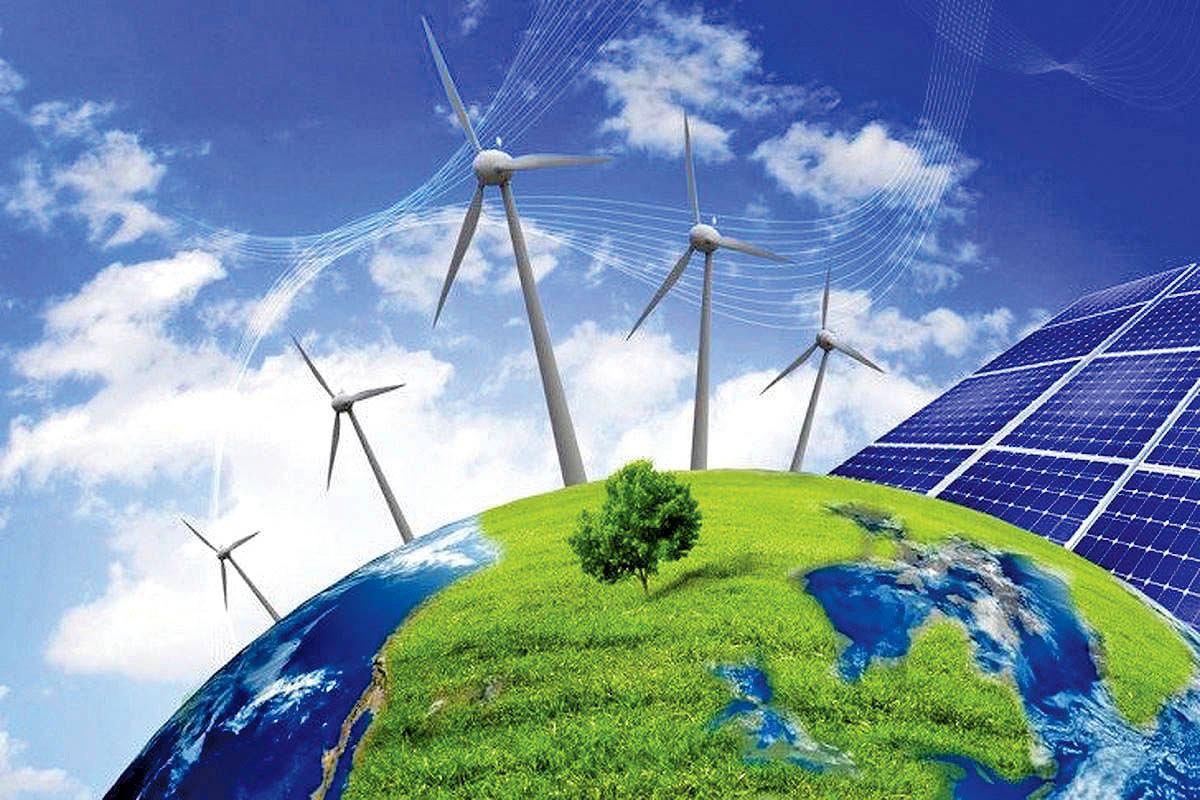Last year, electricity generation from renewable sources reached a record 32% of total global electricity production. With an increase in nuclear energy production, the share of clean electricity (including renewables and nuclear) rose from 39.4% in 2023 to 40.9% in 2024.
The global share of wind energy (8.1%) and solar energy (6.9%) is growing rapidly, and for the first time in 2024, these two sources surpassed hydropower in electricity generation (together accounting for 14.3% of global electricity production). Meanwhile, the share of nuclear power plants fell to its lowest level in 45 years, supplying just 9% of the world's electricity in 2024.
Other renewable sources such as bioenergy and geothermal energy made up a combined 2.6% of global electricity in 2024. Last year, global electricity demand increased by 4% compared to the previous year, driven by heatwaves, data centers, electric vehicles, and heat pumps.
The share of fossil fuels in electricity generation dropped from 60.6% in 2023 to 59.1% in 2024—falling below 60% for the first time since the 1940s. In 2024, coal-fired power plants provided 34.4% and gas-fired power plants 22% of the world’s electricity. Despite geopolitical and economic challenges, the renewable energy industry added 858 terawatt-hours of electricity to the grid last year—more than the combined annual electricity consumption of the UK and France.
Today, clean energy makes up more than 40% of global electricity production, highlighting the unstoppable momentum toward clean energy. Governments must now take action, reduce bureaucratic barriers, and unlock the necessary funding to accelerate development and realize the vast security, economic, social, and health benefits of clean energy.
One-third of the world's electricity is now supplied by renewable sources
Last year, electricity generation from renewable sources reached a record 32% of total global electricity production.











Comments
No comment yet.